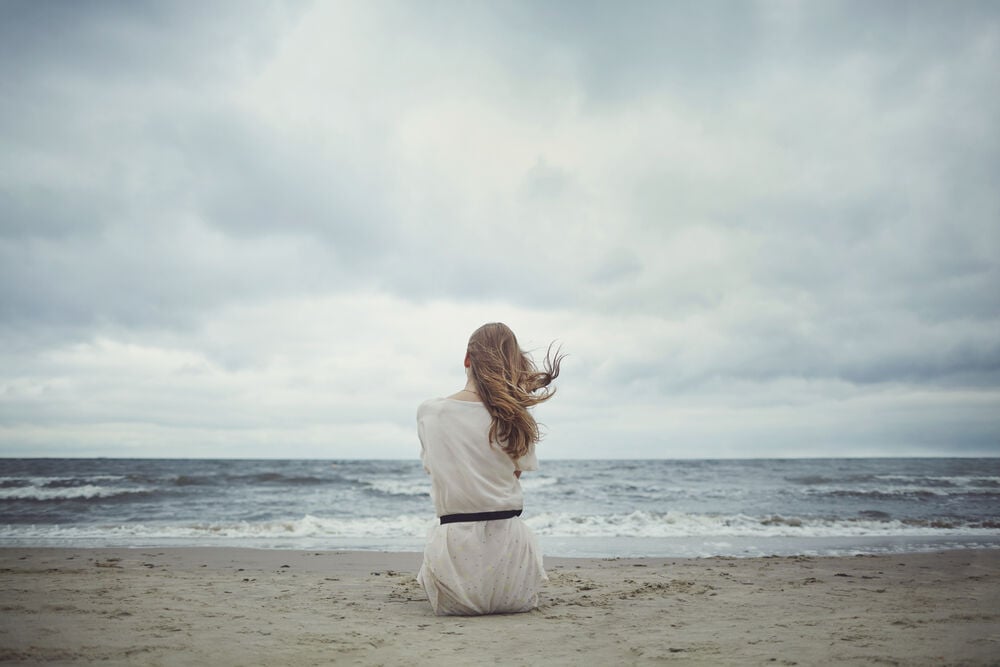In a cesarean section, a baby is born through an incision in the mother's abdomen and uterus. After this operation, a person needs to take good care of their body to speed up recovery. Let’s take a closer look at what to expect after a C-section and what measures to take.
-
Tracking cycle
-
Getting pregnant
-
Pregnancy
-
Help Center
-
Flo for Partners
-
Anonymous Mode
-
Flo app reviews
-
Flo Premium New
-
Secret Chats New
-
Symptom Checker New
-
Your cycle
-
Health 360°
-
Getting pregnant
-
Pregnancy
-
Being a mom
-
LGBTQ+
-
Quizzes
-
Ovulation calculator
-
hCG calculator
-
Pregnancy test calculator
-
Menstrual cycle calculator
-
Period calculator
-
Implantation calculator
-
Pregnancy weeks to months calculator
-
Pregnancy due date calculator
-
IVF and FET due date calculator
-
Due date calculator by ultrasound
-
Medical Affairs
-
Science & Research
-
Pass It On Project New
-
Privacy Portal
-
Press Center
-
Flo Accuracy
-
Careers
-
Contact Us
What to Expect Post C-Section: Swelling, Discharge, and Other Symptoms


Every piece of content at Flo Health adheres to the highest editorial standards for language, style, and medical accuracy. To learn what we do to deliver the best health and lifestyle insights to you, check out our content review principles.
6 things to expect after C-section delivery
A cesarean section can be stressful and require a longer healing time. But knowing what to expect after a c-section can help you prepare to recover easier and faster.
Vaginal discharge
Most people experience bleeding for about four to six weeks after the delivery. This bleeding is a normal type of vaginal discharge known as lochia. The discharge is usually thicker and heavier than menstrual blood. This is how your body sheds the extra tissue and blood that keep your baby safe during pregnancy. The blood gradually changes from red to pink, turns brownish-yellow, and then stops.
During the first six weeks, you may notice some clots along with blood; this is totally normal. If you have any concerns about the amount you’re bleeding, consult a health care provider.
Sore breasts
Your breasts may become tender and full a few days after giving birth. The increase in breast size is usually due to colostrum — the first form of milk produced after delivering your newborn. Milk is an essential way to support your baby’s development and immunity.
After delivery, the breasts fill with milk; if the milk isn’t emptied regularly, it can cause some discomfort. This discomfort can last for about four days. Taking a warm shower before breastfeeding, using different feeding positions, and feeding your baby on demand can help relieve breast discomfort. If you don’t plan to breastfeed, your health care provider can advise ways to minimize milk production.
Feeling blue
Take a quiz
Find out what you can do with our Health Assistant

The birth of a child can prompt many different emotions. For some people, these symptoms are called the "baby blues." The main symptoms of this condition include sudden mood swings, sadness, fear, anger, crying, sleep disturbances, and appetite issues. Many new parents experience this condition in one form or another, and some will develop postpartum depression.
Baby blues result from hormonal changes. Your body tries to adapt to this change. If the symptoms get worse and mood fluctuations start affecting your ability to care for your baby and yourself, consult a health care provider immediately.
Skin and hair changes
Hair loss may happen about three months after giving birth, also as a result of hormonal changes. Within six months, you can expect your hair to recover. The development of stretch marks on the breasts and around the abdomen, thighs, or buttocks can also happen because of hormonal changes. In many cases, stretch marks may not completely disappear after childbirth.
Swelling
Swelling after C-section — also known as edema — is caused by extra fluid in tissues. This can lead to swelling on the face, ankles, hands, and feet or around the incision area. Intravenous (IV) fluid can also provoke swelling after a cesarean delivery. The main manifestations of this condition are tissue enlargement, skin stretching, and the appearance of dimples after pressing on the skin. Swollen feet after a C-section can be minimized through home care.
Try the following tips to avoid postpartum swelling:
- Wear comfortable shoes
- Move regularly throughout the day
- Avoid eating processed and salty foods
- Exercise regularly
Pain after delivery
Healing after a C-section can be complex, starting with pain from the incision. This kind of post-surgery pain has a few different mechanisms. One results from nerve and muscle damage to the abdomen and uterus during surgery, and the second helps your blood vessels narrow to keep you from bleeding too much in the postpartum period.
The incision may provoke a myofascial pain syndrome (MPS) that affects the stomach and the pelvic floor. This sensation can intensify, creating a sharp pain around the belly. If the syndrome affects the pelvic wall, medical treatment is likely needed.
If you feel any abnormal pain around your uterus or abdomen, it’s wise to contact your health care provider.
How long does C-section recovery take?

READ MORE: Questions to ask before a C-section
Most people need extra time and care to recover from a cesarean section. On average, you’ll have to stay in the hospital for three to four days, unless any complications occur. A full recovery often takes approximately six to eight weeks.
Generally, the soreness will fade within two to four weeks, and gentle activity can help speed up the healing. If you have undergone C-section delivery, follow your health care provider’s instructions to minimize any postpartum complications.
C-section recovery timeline
Week 1
During the first week postpartum, the healing process involves inflammation. Fluids flow toward the incision, and the body prepares new cells to reinforce the area.
Weeks 2–6
This period is known as a proliferative phase. At this point, the cells around the incision begin to form new tissues. You may start developing symptoms such as shooting pain from nerve regeneration and continuous itching. Week by week, the pain should fade and disappear in about four weeks.
Week 6–half a year
In the remodeling phase, the new tissues begin to mature and return to their original shape. Collagen and vascular tissues continue to develop over time, leading to mild itching and soreness after certain activities. At the beginning of this period, your doctor will likely give you the go-ahead for resuming sex.
Recovery tips from Flo
After returning home from delivering your baby, many people are interested in how they can help their bodies recover. Here are a few cesarean recovery tips to try.
Take your time to rest
A C-section is a major event for your body, so you’ll need time to heal. It’s perfectly okay to ask trusted loved ones for help with your home or baby if you need rest.

Stay hydrated and eat well
If you’re breastfeeding, your milk is your baby’s primary nutrition source. Eat a variety of healthy foods and drink plenty of fluids to boost your breast milk supply. Maintaining a balanced diet also supports your healing process.
Cherish your body
Right after your surgery, it’s wise to avoid going up and down the stairs and lifting heavy items. (According to most doctors, if something is heavier than your baby, ask someone else to lift it for you!) If you have to sneeze or cough, apply gentle pressure to your abdomen to protect the incision site.
Take care of your emotional health
Your emotions are just as important as your physical state. If you feel anxious, depressed, or notice extreme mood fluctuations, talk to your partner, a close friend, or a trusted relative. It may be time to schedule a visit with a specialist who can offer specific recommendations.


Hey, I'm Anique
I started using Flo app to track my period and ovulation because we wanted to have a baby.


The Flo app helped me learn about my body and spot ovulation signs during our conception journey.


I vividly
remember the day
that we switched
Flo into
Pregnancy Mode — it was
such a special
moment.
Real stories, real results
Learn how the Flo app became an amazing cheerleader for us on our conception journey.




